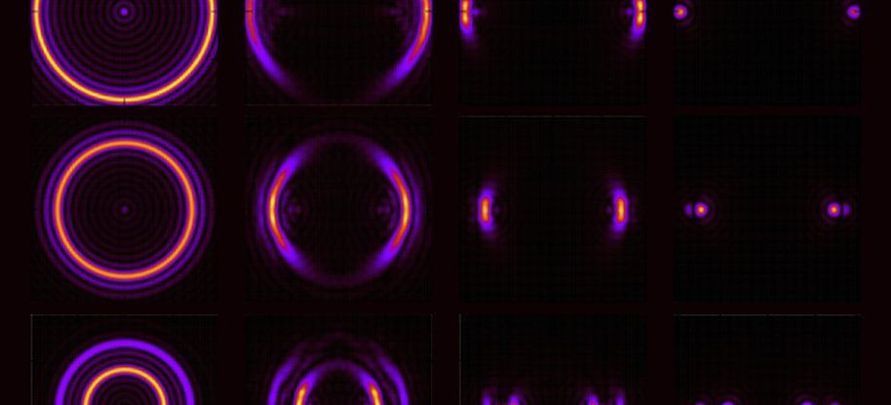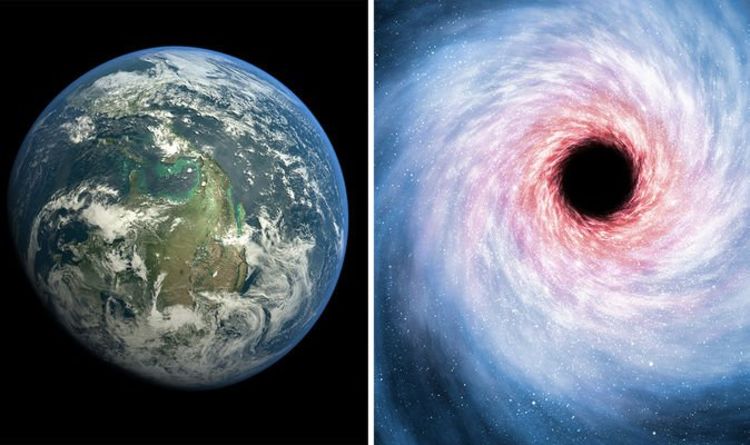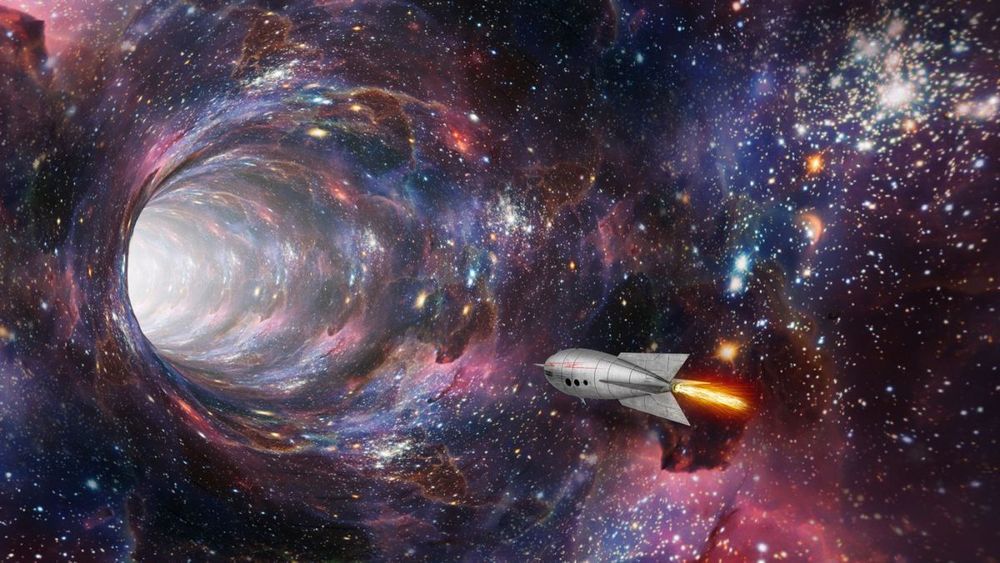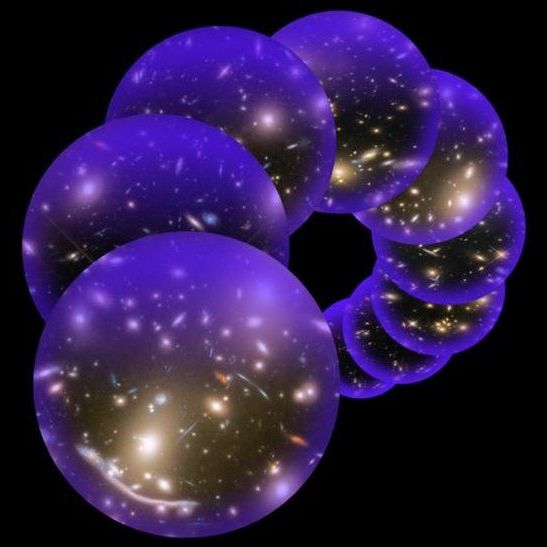This European Southern Observatory animation was created to celebrate the opening of the new ESO Supernova Planetarium in Germany. It begins from the home of the new facility in Garching and zooms our to the “End of the Universe”, according to the ESO.
Music: inspiring adventure cinematic background by maryna.





